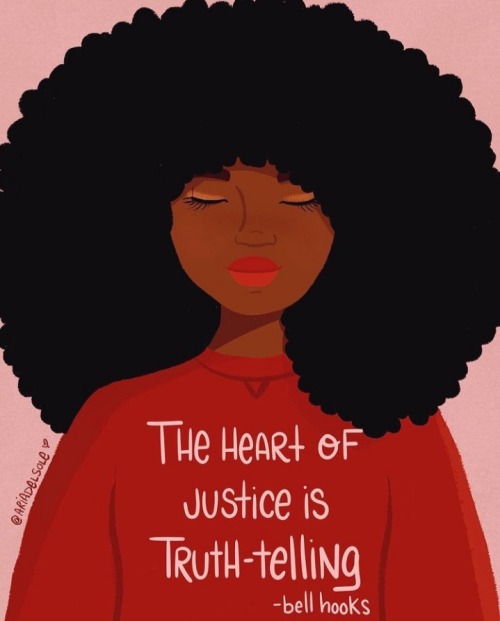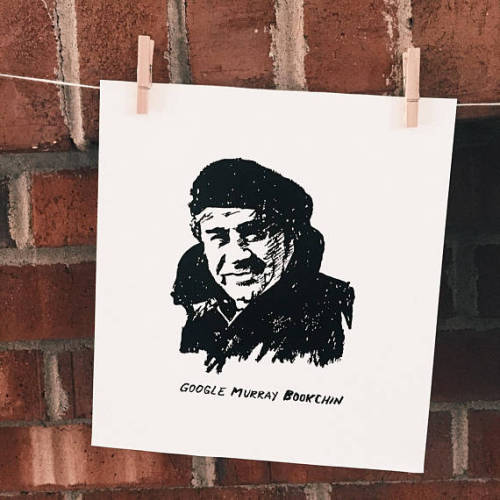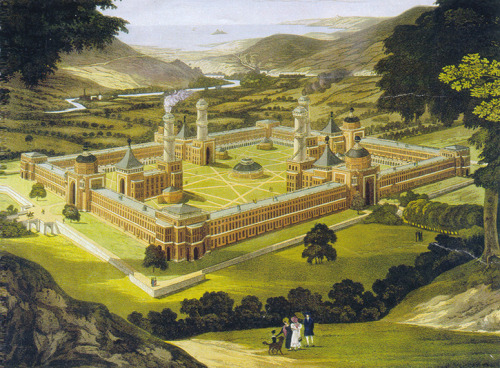#communalism

We Interrupt Our Regular Programming 4 A V.I.P Message
By Daudi Adi| April 26, 2021
What does love look like? What do justice and accountability look like? What does abolition look like? Love looks like pouring resources into community safety, community defense, and community housing. Justice and accountability look like community mutual aid, community farming, and community food security. Abolition looks like community dual power, community susu circles, and community education.
Abolitionist love and justice look like survivors having access to natural and essential resources. Abolitionist love and justice look like ensuring survivors are housed, fed, clothed, and have access to high-quality healthcare. Abolitionist love and justice look like survivors having access to healers, safe and brave spaces, safe and brave sanctuaries, and other safety structures.
In celebration of abolitionist love and justice, we are practicing (and urging readers to practice) solidarity with multiple Black survivors of capitalism, cisheteropatriarchy, racism, imperialism, colonialism, the medical industrial complex, and the prison industrial complex. As Prof. Assata Shakur (PB2D) says, when we love and support each other [by practicing solidarity with one another], we have nothing to lose but our chains.
Here are some fundraisers, programs, and structures to support.
- Support Jordan Khiry’s move and transition.
- Help Myiah’s family pay rent and other bills.
- Support the global movement to free Mumia Abu-Jamal and all political prisoners.
- Join the campaign to Bring Tomiekia Home and Free All Survivors.
- Be in solidarity with the Black Trans Lives Matter Youth Fund.
- Feed, Clothe and Support QT Naijans.
- Give a home to Harriet’s Bookshop.
- Support The Mojo Medic.
- Join the Barbara Smith Caring Circle.
- Fund Joelle’s recovery.
- Help Alicia Miller secure housing.
- Support the creation of LGBT+ Community Centers in Ghana.
- Share nutritious food with The Detroit Community Fridge.
Although my heart is heavy, I continue to find joy and hope through practicing solidarity with community members and organizing towards a liberated society. I hope these personal and communal practices bring you joy too.
Sending you love, good juju, mojo, and ase as you continue to make liberational moves in your community.
Heri Za Kwanzaa everyone! ♡♡♡
Habari Gani? Umoja (unity), Kujichagulia (self determination), Ujima (communalist work and responsibility), Ujamaa (communalist economics), Nia (purpose), Kuumba (creativity), Imani (faith).
I’m reaching out to affirm Naomi and Katt’s story and share some truths about my experience while living at the Brick and Mortar House in Detroit, Michigan. I’m doing this in honor of the Kwanzaa principle of Nia (purpose). I believe one of my purposes is to be a truth teller.
When I started this journey, I was worried about being too outspoken, or singled out, or losing support, or labelled a troublemaker or disrupter. Now, I am able to move in alignment with my principles and purposes, despite some fears and wariness. Part of why I have grown into this person is because of the love I have received from my village.
So I’d like to dedicate this call out to my Black Ancestars, my Black spirits, my loved ones, my communities, the House of Maroon, and every Black Q.T. in struggle for our communal liberation.
♡ Thank you all so much for nurturing my growth and courage. I’m grateful for us and rooting for us always. ♡
Read more here.
Post link
Heri Za Kwanzaa to our Wominist and Black Feminist Accomplices!
We hope this message meets you surrounded by loving people, good music, and delicious food. Although this year has been deeply traumatizing, and some of our Black Feminist Gs (pb2u bell!) have transitioned into Ancestarhood, we are grateful that, despite you grief, you have stayed true to your principles of creativity, spirituality, caregiving, solidarity, communalism, and struggle for a liberated society.
We hope the spirits of Umoja (unity), Kujichagulia (self determination), Ujima (communalist work and responsibility), Ujamaa (communalist economics), Nia (purpose), Kuumba (creativity), and Imani (faith) continue to guide us throughout Kwanzaa and into the new year. Sending you MAJOR! mojo, juju, essence, chichi, love, ase, and warmth.
With Love,
The Adis
Post link
You may have seen reports about U.S.-backed forces liberating the city of Raqqa from Daesh. What no one has talked about is that those forces are the YPG/J, whom I’m writing a significant portion of my thesis on.
The ecologically sustainable, feminist, and democratic movement in Rojava [N. Syria], inspired by the imprisoned Kurdish leader Abdullah Öcalan, and his transition from Marxist-Leninism to democratic confederalism in a tradition similar to the Zapatistas in Chiapas and based on theories on social ecology and libertarian municipalism of the late Murray Bookchin, should seriously be given more credit and celebrated more.
Biji Kurdistan, Rojava, Raqqa!
Post link
“Capitalism was an inherently self-destructive system. Bookchin realized early in the 50s that its fatal flaw was the fact that it was in conflict with the natural environment. Destructive both of nature and of human health. It industrialized agriculture, it tainted crops and by extension people with toxic chemicals. It inflated cities to unbearably large megalopolitan size cut-off from nature, it turns people into automatons, damaged both their bodies and their psyche. It pressured them through advertising to spend their money on useless commodities whose production further harmed the environment. The crisis of capitalism then would result not from the exploitation of the working class but from the intolerable dehumanization of people and from the destruction of nature.”
–Janet Biehl: From Marxism to Democratic Confederalism
When the Messiah Came to America, She Was a Woman - Chris Jennings | Longreads
Yet the tens of thousands of Americans who lived in these communities were not fools. To be sure, in an era thick with cranks and faddists, the utopias sheltered more than their share. But the majority of the communitarians were intelligent, hardworking people. They came from every denomination and every social class. Significantly, unlike the utopian communalists of other eras, they were not primarily young people. They were blacksmiths and farmers, journalists and lawyers, tailors and scientists, teachers and clergymen. A few of them were among the most articulate and prescient reformers of their day. After their respective sojourns in utopia, many went on to illustrious careers elsewhere. They may have been dreamers, but they did their dreaming out loud, with their dollars, their arms, and their time. They tried to manifest their impractical visions with great practical skill.
This article was a rare first for me: I placed an order for the book before I even finished reading this excerpt. It’s definitely a lengthy one, but if you have any interest in the little-known history of utopian socialist movements in the U.S., I can’t recommend reading this enough.
Jennings covers five communalist movements through their successes and failures with great understanding and respect. Needless to say, none of them exists today, but Jennings treats each one with absolute understanding. After all, no movement, however nutty it sounds, springs from whole cloth without being in some way a reaction to the context in which it emerged, and Jennings takes the time to contextualize each movement and pay appropriate respect to their respective followers.
On another level, this excerpt hits so many check boxes for me because the 19th century tends to get aesthetically pigeon holed. You know how certain contemporary subcultures tend to feel affinity with and gravitate towards certain historical moments or cultures? Many members of today’s psychedelic drug culture look to the 70s for musical, artistic, and aesthetic inspiration, fans of fantasy largely control the modern image of the medieval period, and the 19th century? Its image is largely controlled by costume drama and literary adaptations or steampunky mashups. But 19th century folk weren’t just sipping tea in cravats or doing whatever they do on Penny Dreadful (still never watched it, if I watched it I might not be able to use it as my whipping boy anymore)–the Luddites were smashing factory equipment, early environmentalists were rallying to protect the Earth, and these socialist radicals were making their vision of a perfect communal world a reality by founding enclaves and encampments in the woods of 19th century America. The more you read about it, the more punk the Victorian era becomes.
Give this one a read, if you’ve got half an hour to spare–I’d lend you the book, but I’m busy with it.
Post link









